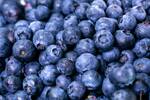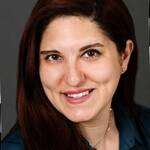MedicalResearch.com Interview with:
Dorothy Klimis-Zacas, MS, PhD, FACN
Professor of Clinical Nutrition
School of Food and Agriculture
Graduate Faculty
School of Biomedical Sciences
Associate Faculty, Institute of Medicine
Fulbright Fellow
University of Maine Orono, Maine 04469
MedicalResearch.com: What is the background for this study?
Response: Bioactive compounds such as polyphenols have been documented to have wound healing properties . In the Klimis-Zacas laboratory, phenolic extracts (PE) from wild blueberries (WB) were reported to promote angiogenesis in HUVEC cells via cell migration, angiogenesis, through VEGF/P13K/AKT pathway documented that the PE, primarily composed of chlorogenic acid significantly promoted cell migration and closure speed of wound by 38% above the control as well as angiogenesis and gene expression for proteins critical for cell movement while the anthocyanin fraction inhibited the above processes (5,6). (more…)


